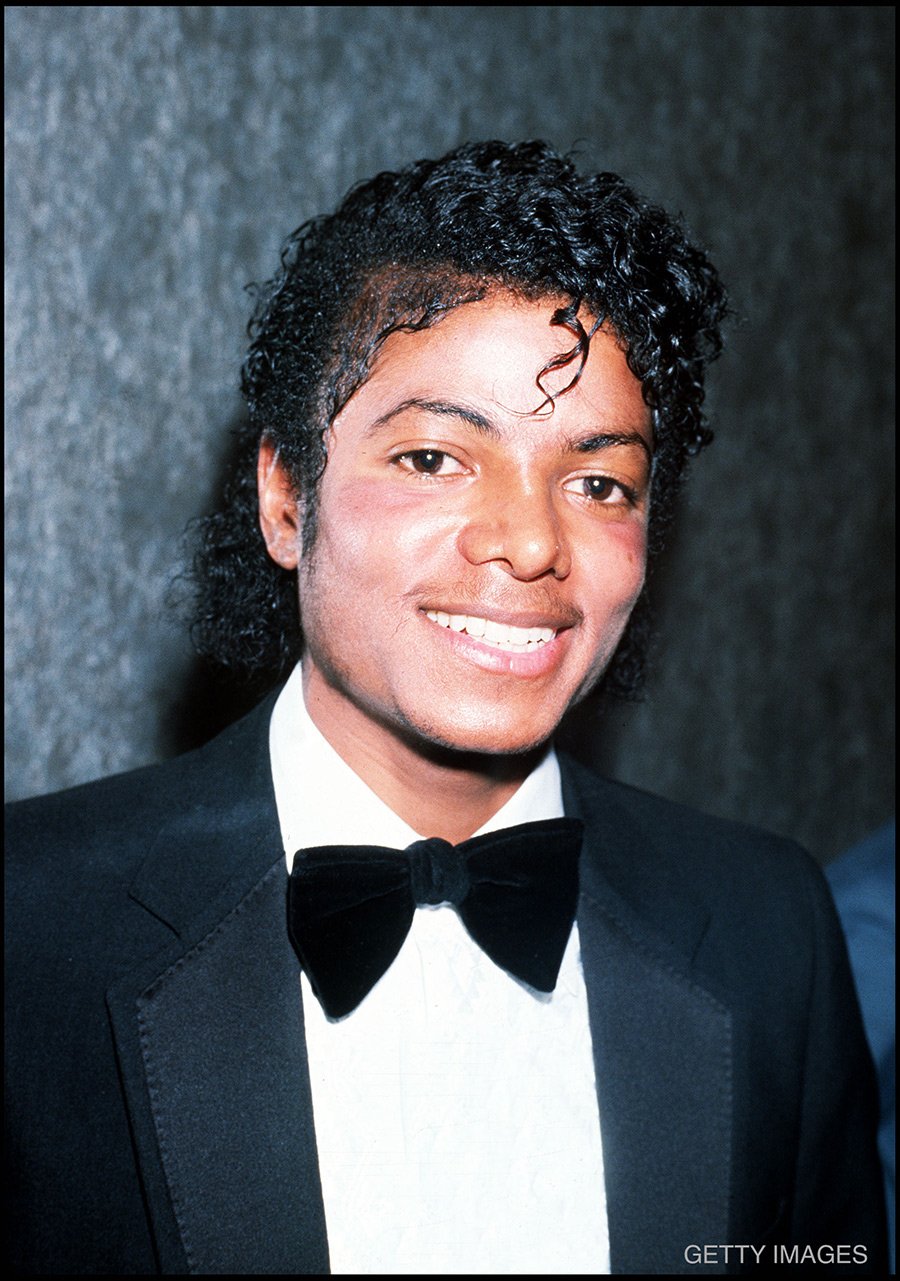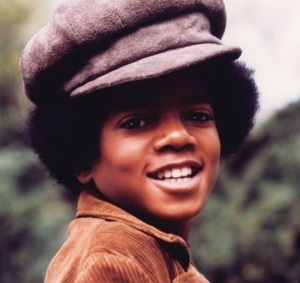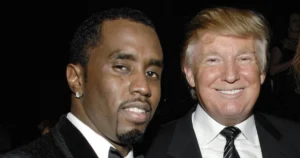Boogaloo Shrimp: The Breakin’ Legend Who Taught Michael Jackson & Helped Shape Global Street Dance Culture
Few figures in hip-hop and street dance history have had an impact as deep and far-reaching as Michael “Boogaloo Shrimp” Chambers—the iconic dancer behind Turbo in the classic 1984 film Breakin’ and its sequel Breakin’ 2: Electric Boogaloo. From pioneering liquid animation to teaching Michael Jackson the glide, from touring with Lionel Richie to inspiring entire generations of poppers, lockers, and freestylers, Chambers’ legacy is woven into every corner of dance culture.
In a powerful, heartfelt conversation with Taboo Comics & Kicks, Boogaloo Shrimp revisits his childhood, early influences, rise to global fame, and the groundbreaking contributions that forever changed how the world sees street dance.
Growing Up Between Cultures: Wilmington Roots & East L.A. Love
Though born in Wilmington, California, Chambers was embraced by the Latino communities of East Los Angeles from childhood. Surrounded by kids from Michoacán and Jalisco, he adapted, learned Spanish slang, ate at their tables, and absorbed the cultural rhythm that would later shape his identity.
“I was like the only Black kid in a radius of all Mexican families,” he recalls. “But they took me in. They called me Pelé because of my afro and soccer skills.”
This cross-cultural upbringing built the foundation for a lifetime of unity, respect, and community-driven creativity—values that remain the core of his artistry.
Escaping Violence Through Dance
Growing up during an era marked by gang warfare, Crips and Bloods, and regular flyovers from the “ghetto bird,” Chambers knew early that he wanted no part of street politics.
Dance became his protection.
Inspired by John Travolta’s Saturday Night Fever* and the robotic movements of early poppers, young Chambers discovered that performing elevated him beyond neighborhood conflict.
“If I dance, they’re not going to think I’m from a varrio,” he explains. “They’ll just think I’m a cool shade of brown.”
By sixth grade, he was already perfecting mechanical precision—dime-stop moves, robotic illusions, and ultimately, the liquid animation that would make him world-famous.
The Birth of Liquid Animation
Chambers took practice to obsessive levels. While others popped on the beat, he studied the movement of fingers, electricity, and sound waves, slowing everything down to create what would become known as liquid animation.
He broke down timing into “thirty-second notes,” creating visual illusions no one had ever seen. Editors on the film Breakin’ were so stunned by his movement that they replayed his solo three times because audiences assumed it was CGI.
“I was always trying to push myself to the next level,” he says. “I wasn’t dancing—I was transforming.”
That mindset came from sci-fi influences like Japanese robot shows and Transformers, which reshaped how he imagined performance art.
Radio Tron, East Coast Inspiration & Respecting the Elements
Before fame, Chambers sharpened his skills at Radio Tron, a legendary Los Angeles hub where B-boys, poppers, graffiti writers, and DJs gathered under one roof. It was a safe haven run by Carmelo Alvarez—part YMCA, part dance dojo.
Chambers trained with East Coast pioneers like Mr. Freeze, Rock Steady Crew, and NYC Breakers, incorporating top-rock, Puerto Rican “Boricua” styles, and foundational b-boying into his West Coast popping fusion.
“I wanted to respect where hip-hop came from,” he says. “I always gave props to the Bronx.”
This balance of heritage—East Coast fundamentals with West Coast futurism—became the blueprint for Breakin’.
Breakin’: The Film That Made Street Dance a Global Movement
Chambers and co-star Shabba-Doo entered the Breakin’ auditions not as actors, but as freestyle dancers with raw chemistry. Their improvisational banter and comedic energy won over casting directors instantly.
The legendary broom scene, one of the most iconic sequences in dance-film history, was completely unscripted:
“There was no choreography. They said, ‘Roll the cameras and let him go.’ It was Turbo’s fantasy—me imagining myself becoming somebody.”
The moment became a symbol of hope for dancers worldwide.
Teaching Michael Jackson: The Glide That Became History
One of Chambers’ most historic contributions happened away from cameras—inside the Jackson family rehearsal hall in Encino.
After a street performance aired on local news, the Jacksons asked Chambers and Bruno “Poppin’ Taco” Falcon to visit the family home. That meeting changed music history.
Chambers was tasked with teaching Michael Jackson how to glide and animate the footwork that would evolve into the moonwalk era.
“He said, ‘Show me that circle thing with your feet.’ We practiced acapella. He wanted repetition—over and over.”
MJ couldn’t grasp popping initially, but Chambers’ animation became the seed that blossomed into Jackson’s signature performance style.
By the Dangerous era, the world saw the results.
The Lionel Richie Tour: A 14-Year-Old on a Private Jet
At only 14, Chambers was cast in Lionel Richie’s “All Night Long” video—a decision that launched him onto a global tour with Richie, Sheila E., and a rotating guest list of stars like Prince and Stevie Nicks.
“I was making $800 a week. At 14. I had no idea what I signed up for.”
The tour exposed him to professional discipline, stage showmanship, and worldwide audiences—preparing him for Hollywood stardom.
Why Bruno “Poppin’ Taco” Falcon Was Kobe to His Jordan
Chambers continually gives credit to his brother and partner in dance, Bruno Falcon, whom he compares to Kobe Bryant.
“Bruno was always trying to top himself. He practiced using his shadow. He mixed styles no one else could.”
Their partnership birthed some of the most influential choreography of the 1980s, including contributions to Disney’s Captain EO.
The Legacy: Pioneer, Teacher, Innovator, Cultural Bridge
Boogaloo Shrimp’s career intersects with nearly every major icon of the era—Michael Jackson, Prince, Madonna, Lionel Richie, Sheila E.—yet he remains grounded, humble, and committed to community uplift.
To Taboo, he represents the Michael Jordan of dancers: a revolutionary, a technician, and a visionary.
But to Chambers, the mission has always been simple:
“Use your gift to inspire others. Show the kids they can do something great with their art.”
A Legend Who Still Shapes the Future
Today, as street dance continues influencing K-pop, TikTok culture, and Olympic breaking, Boogaloo Shrimp’s fingerprints are everywhere. His dedication to cultural unity, technical mastery, and creative evolution make him one of the most important dancers of all time.
His story is not just dance history—it’s human history.
And as Taboo says:
“We need more pioneers like you reminding us that hip-hop is about community, respect, and love.”
Share this content:














Post Comment